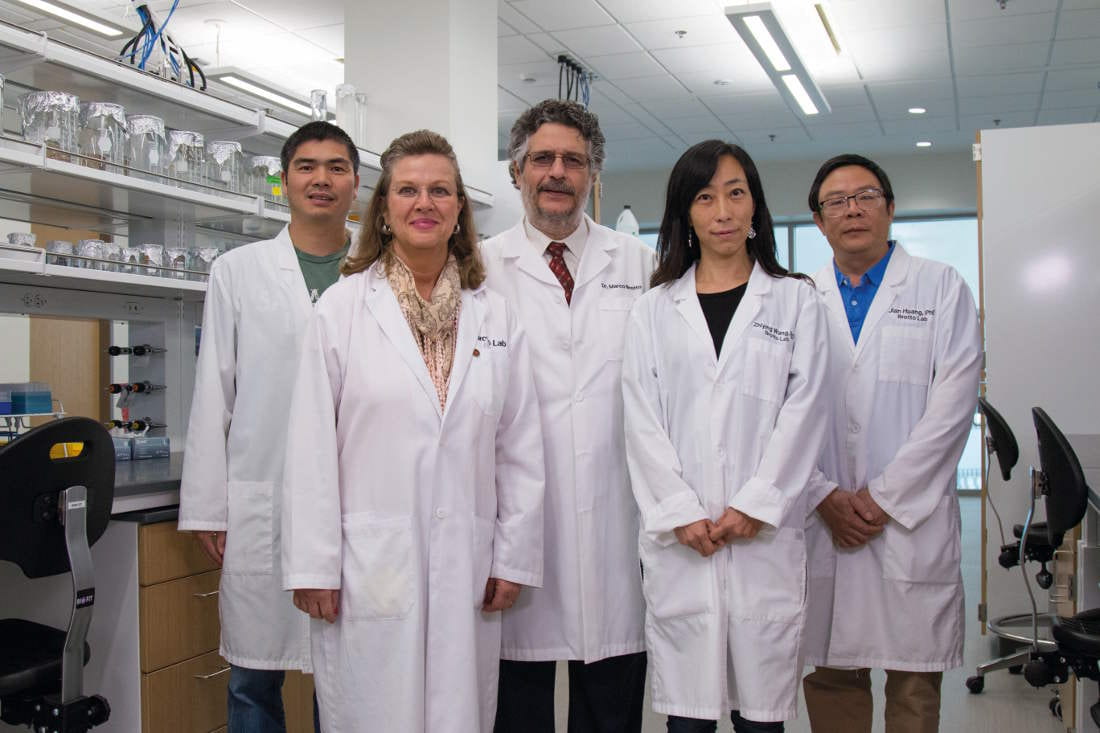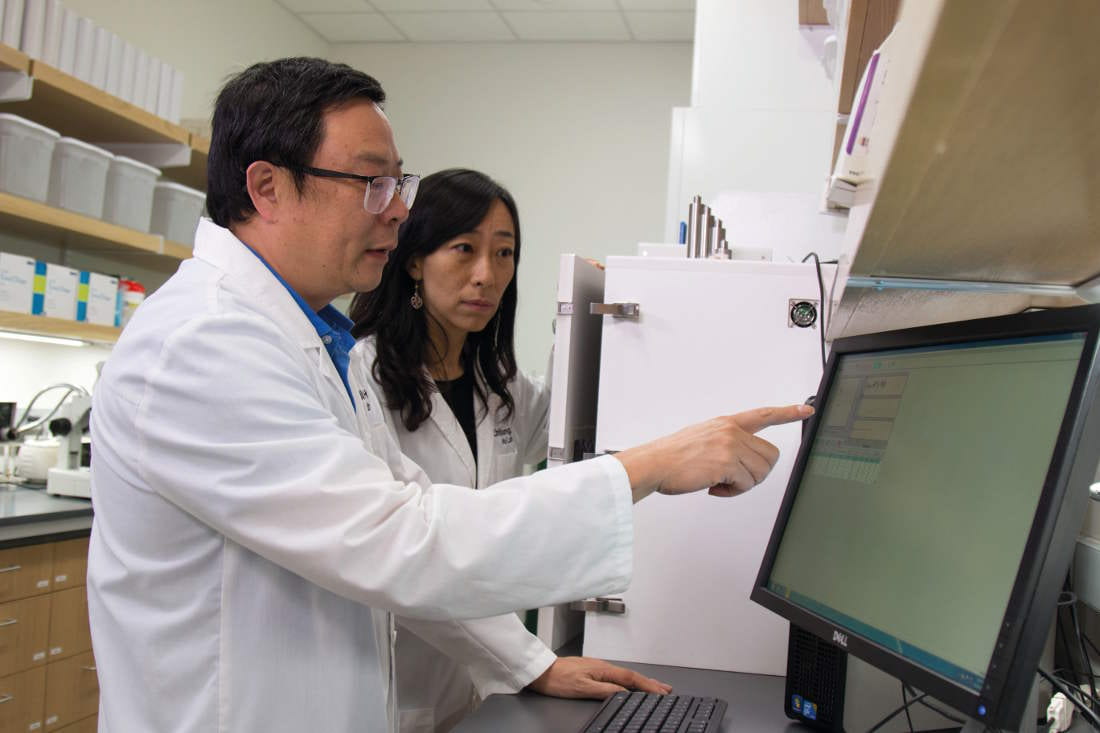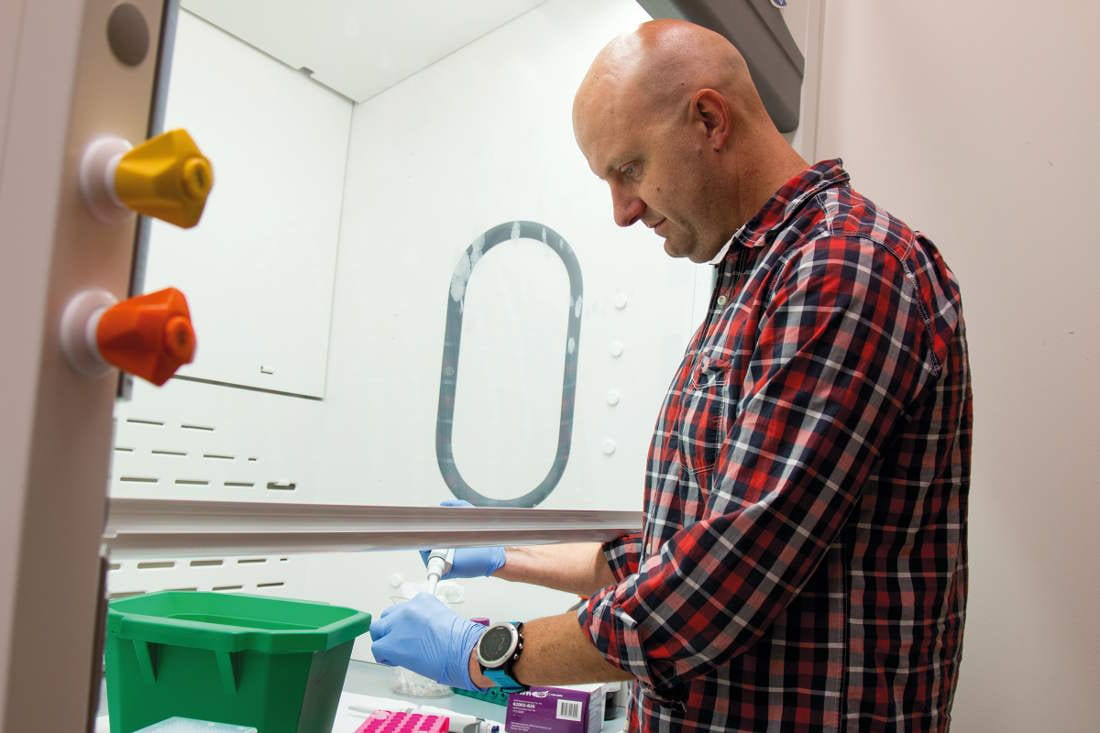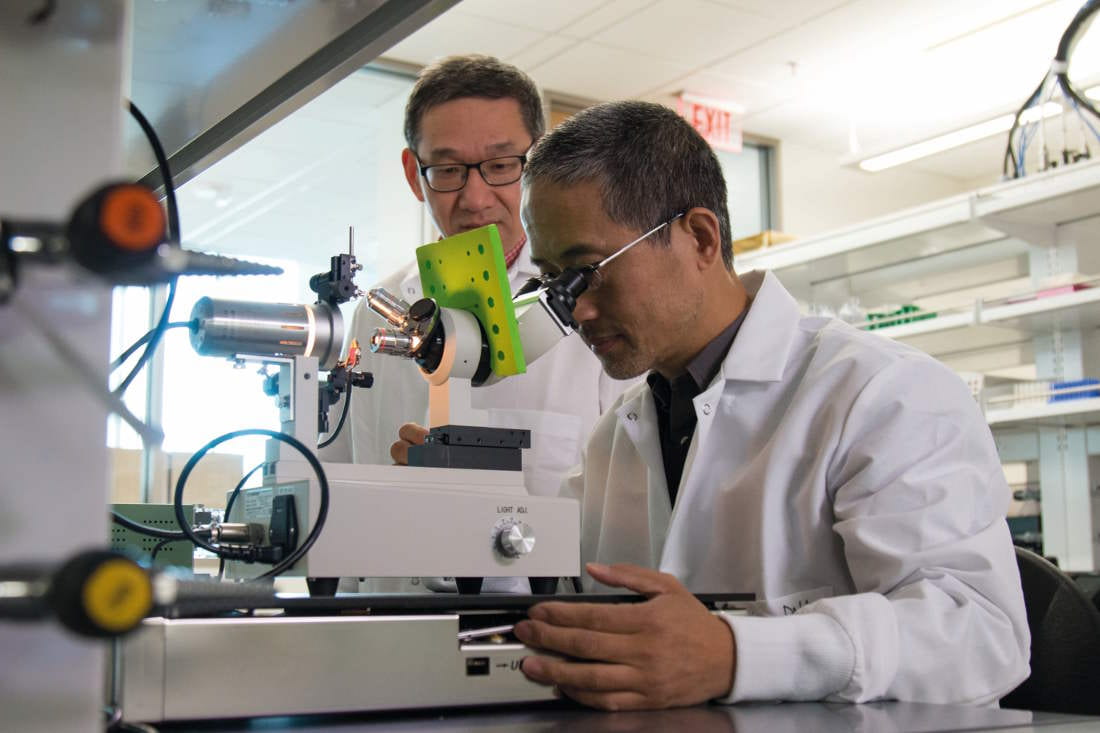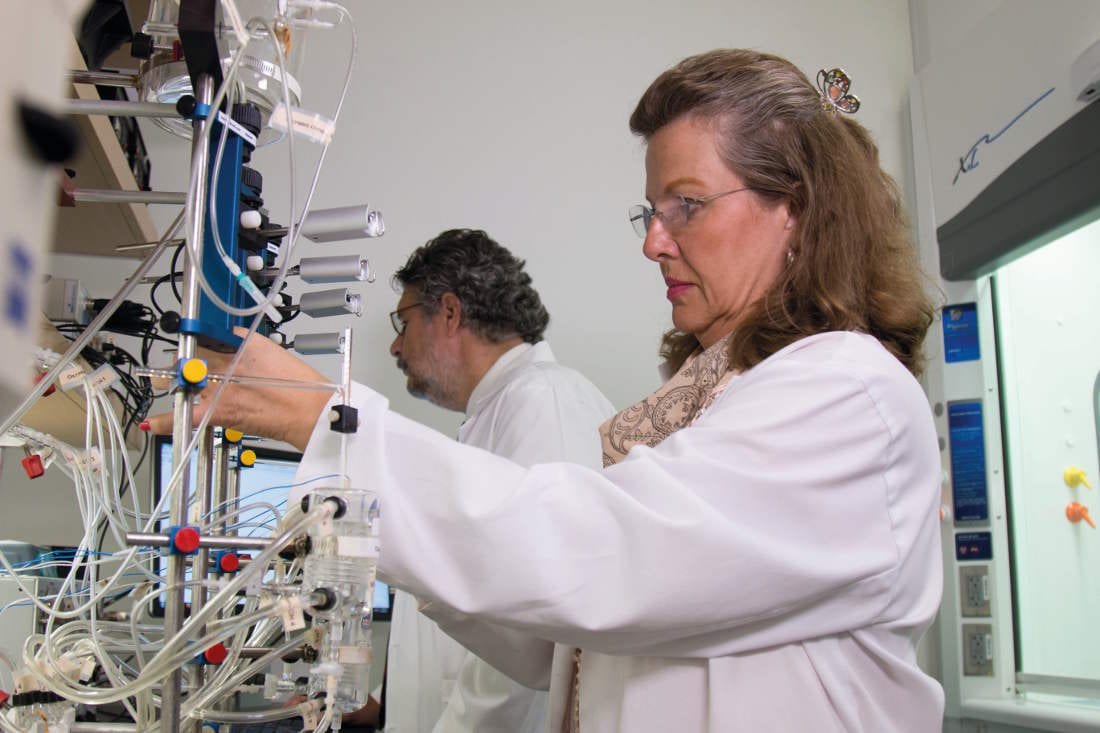STRENGTH IN NUMBERS
Collaboration is key to tackling the effects of aging in UTA’s Bone-Muscle Research Center.
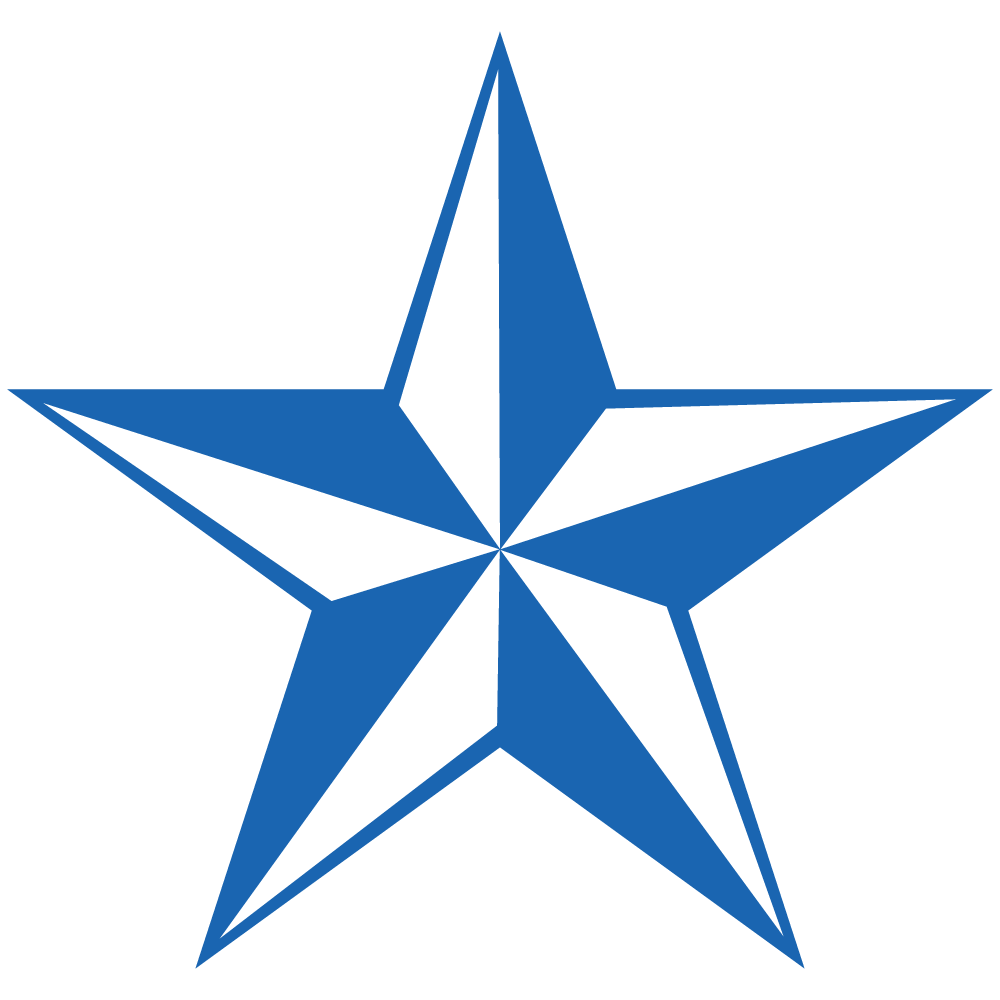 When it comes to addressing a complicated problem, attacking it from a single vantage point is seldom the most effective approach. That is certainly the case when it comes to treating—and perhaps preventing—declines in the body’s musculoskeletal system related to aging.
When it comes to addressing a complicated problem, attacking it from a single vantage point is seldom the most effective approach. That is certainly the case when it comes to treating—and perhaps preventing—declines in the body’s musculoskeletal system related to aging.
The musculoskeletal (MSK) system is the largest system in the body and is made up of 208 bones, 650 muscles, around 1,300 tendons, and all of the vessels and nerves that allow the body to function. A system with that many essential components, each dependent on the other, is far too complex to study from a single point of view.
That is why the Bone-Muscle Research Center in the College of Nursing and Health Innovation is committed to a culture of collaboration. By bringing together applied, basic, translational, and clinical scientists with complementary expertise in various areas of the MSK system to work with chemists, engineers, and computational biologists, the Bone-Muscle Research Center pursues cures and innovations that can lead to longer, healthier living.
“My vision is that we could evolve to become a research institute, and that some of our work leads to offshoots, companies, so that we are creating jobs and helping the economy. This is the economic branch of science. As long as you do it ethically, and as part of your mission, and to help people and the economy, I think these things are very important.” —Dr. Marco Brotto
“An important notion I live by,” says Dr. Marco Brotto, George & Mary Hazel Jay Endowed Professor and Director of the Bone-Muscle Research Center, “is that collaboration is better than competition. It really doesn’t happen in a lot of places. A lot of places are so competitive that it hinders collaboration. Our spirit of true collaboration is so important.”
That said, Dr. Brotto is quick to point out that not all collaborative relationships are fruitful—especially if the members of the team are all inclined to look at problems the same way.
“You could have very homogenous people working together. People can sometimes start with the premise ‘Let’s collaborate, and let’s bring everybody that thinks like me to collaborate,’” he says with a laugh. “And then there is no real collaboration.”
According to Dr. Brotto, the center’s core team is built around a commitment to research focused on aging and related diseases and pathologies, but with a wide variety of specific expertise.
For example, among the researchers is the center’s Associate Director and Professor in Kinesiology, Dr. Jingsong Zhou, a leading expert in Amyotrophic Lateral Sclerosis (ALS) research.
“Dr. Zhou has made important discoveries related to skeletal muscle mitochondrial function in neuromuscular health and disease, particularly in ALS,” says Dr. Brotto. “Mitochondria are the powerhouses in our cells that produce energy. But the importance of her studies are far greater, because they also apply to aging research, which pulls all of us at the BMRC closer together. Dr. Zhou and I have a joint grant from the National Institutes of Health (NIH) to study the mechanisms of ALS.”
Dr. Brotto cites the work of Dr. Zui Pan, who is an Associate Professor in Graduate Nursing and an expert in cancer biology, as another example of exciting and perhaps unexpected collaborative work.
“Someone might come to me and say, ‘What does that have to do with your research?’ But cancer is more common in aging,” explains Dr. Brotto. “And cancer cachexia (atrophy or wasting) is very similar to the muscle wasting we experience with aging. So we are untying the knot but looking from different points of view.”
Dr. Brotto also points to the work of Dr. Rhonda Prisby, Professor in Kinesiology.
“She is looking at bone vasculature. What does that have to do with what we’re doing? Well, guess what? Bone vasculature is very important for studying osteoporosis and bone health.” He mentions her remarkable discovery of a blood particle that no one has previously described that is observed in both young and old rodents and humans. “Maybe this could be associated with calcification of arteries and vessels and maybe even cardiac diseases and bone diseases. And that maybe gets us to muscles as well.”
Another example of the intersectional approach to researching issues related to aging is the work of Dr. Daniel Trott, Assistant Professor in Kinesiology, who Dr. Brotto calls a “rising star.”
“His area is integrative immunology bringing together cardiac, muscle, and vascular study. What is he doing in the center? Well, immune cells are present in all of these tissues. There is a recent paper showing that if we exercise more, we have more T cells in our muscles. We don’t know why, but maybe they become better sentinels or protect us from infection, for example. We know for sure that if we have more toned muscle mass, we are more resistant to certain infections. So you see how that integrates. I could never solve that part of the puzzle without Dr. Trott’s work.”
The work of the Bone-Muscle Research Center also includes designing and creating materials for the treatment of traumatic injuries involving tissue loss.
“For that, we needed a chemical engineer that makes biomaterials in our center,” Dr. Brotto explained. “Dr. Venu Varanasi (Associate Professor in Graduate Nursing) makes new biomaterials that accelerate the healing of both bone and muscle. He’s sort of a glue in between our projects, and already we have really interesting collaborations. We are testing some of these biomaterials in bone and muscle cells.”
A collaboration of another kind also drives innovation in the Bone-Muscle Research Center. The center benefits from UTA’s designation as a Shimadzu Research Institute.
“Shimadzu Corporation [is] the largest analytical chemistry company in the world, and they basically endowed UTA,” Dr. Brotto said. “So everything that is created at Shimadzu, we have the same capacity at UTA. And we owe this to the incredible biochemists and the great tradition we have here. We saw in that a great opportunity to develop new analytic chemistry to create this new family of methods to look at new biomarkers for muscle diseases and for osteoporosis.”
The robust collaborations cited so far are just the beginning. Dr. Brotto enthusiastically describes additional programs and researchers who contribute to the commitments to collaboration and innovation that are a hallmark of the Bone-Muscle Research Center.
“We have this highly integrated, multidisciplinary, complementary team. And then you add to that the Shimadzu Research Institute. But there’s another component, too,” he said. “On the first floor of our building is the Center for Translational Research, our cardiovascular center, which is all clinical human subject research. And we interact with them. And within that structure, you have the Kinesiology Program, and the wellness program, and a wellness center, and the exercise center. And then we are literally 30 minutes from UT Southwestern, where we have collaborations with some of the top cardiac researchers and exercise physiologists. They also have the Center for Translational Medicine funded by the NIH.”
He sums it up: “It’s more than an idea, what we’ve created here at UTA.”
Over the course of his career, Dr. Brotto has become well known for his ability to build and sustain teams and relationships. Once he had been recruited to UTA, many of the researchers who followed were people who knew him and his reputation for creating an ethos of collaboration.
Funding from the National Institutes of Health—which in recent years has recognized the value of multiple researchers working collaboratively across research fields—also helps keep everyone involved in the collaboration working toward ambitious shared goals.
“We try to really push and motivate each other,” Dr. Brotto says. “Our major goal now is to go after what are known as ‘center grants.’ And my vision is that we could evolve to become a research institute, and that some of our work leads to offshoots, companies, so that we are creating jobs and helping the economy. This is the economic branch of science. As long as you do it ethically, and as part of your mission, and to help people and the economy, I think these things are very important.”
In the end, Dr. Brotto offers a succinct and simple reason why the work of the Bone-Muscle Research Center and all of its many collaborators is so important.
“Everybody’s aging.”

